Europe's Juice Satellite all set to explore Jupiter's icy moons
The European Space Agency (ESA) has informed that the Juice satellite has just completed its final tests and is all set to explore Jupiter's icy moons.
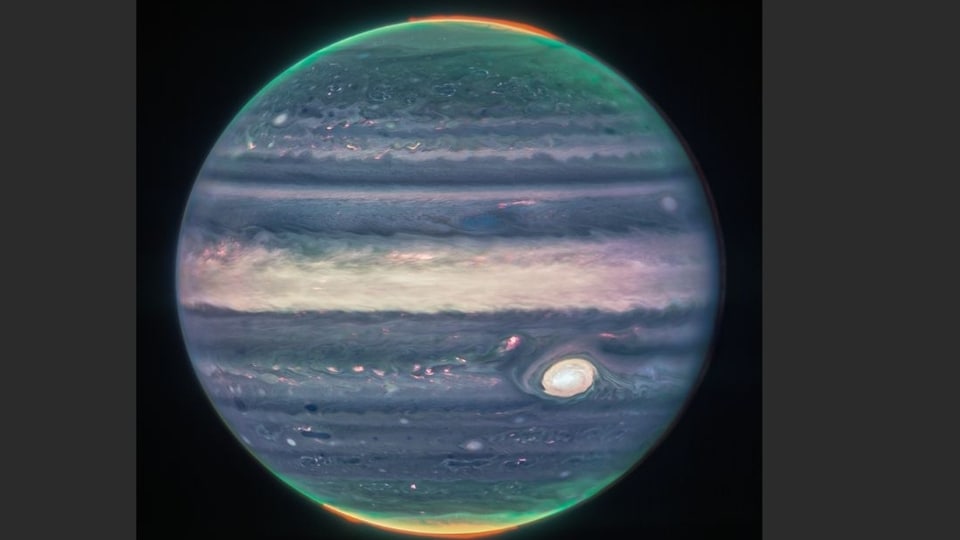
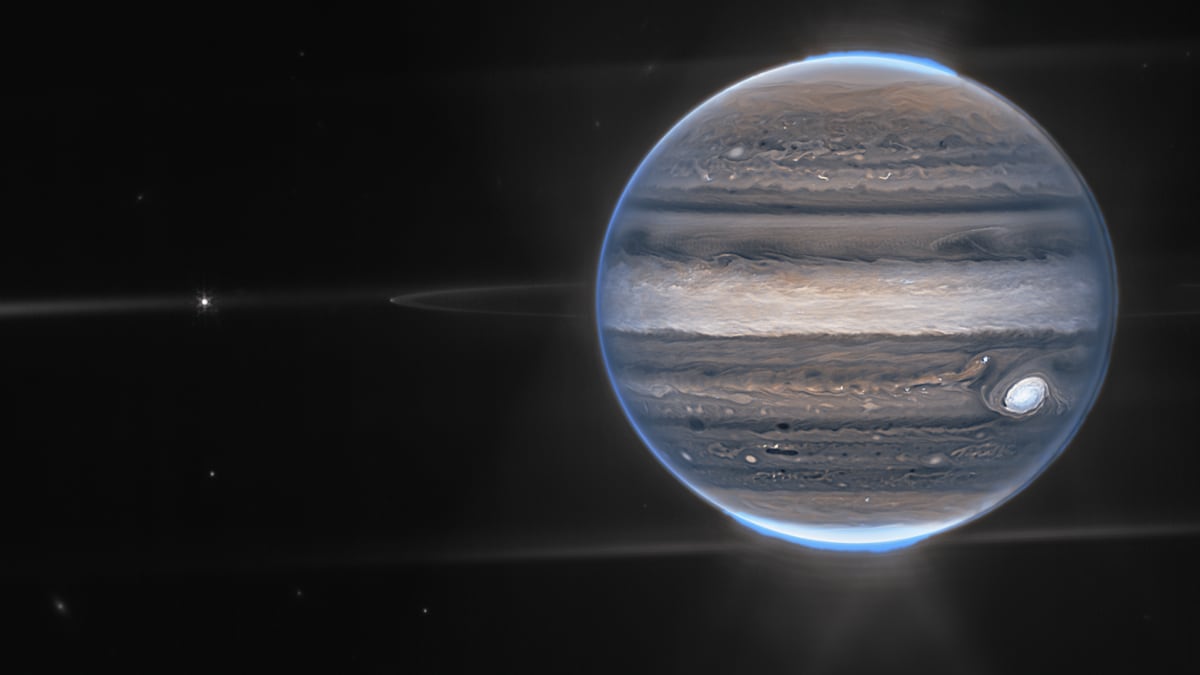
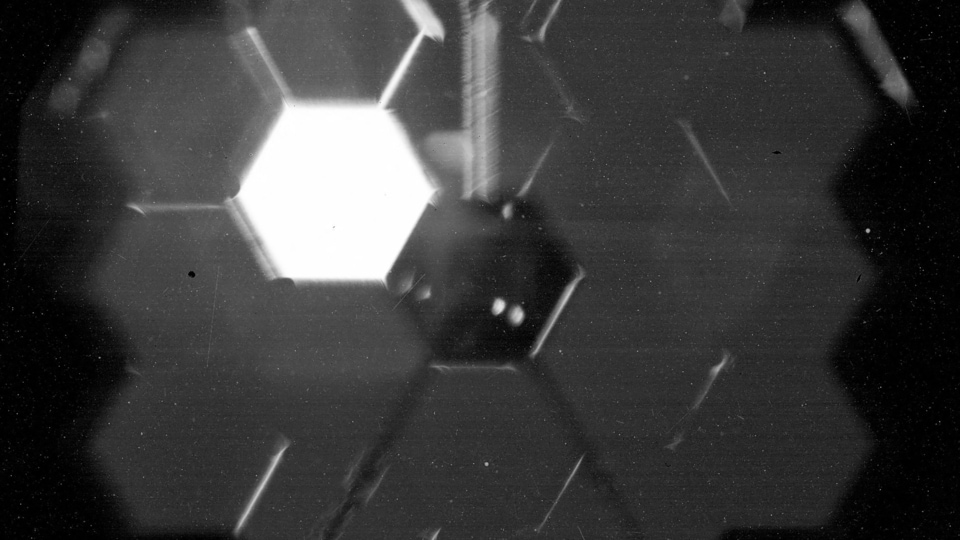
_1661230453587.jpg)
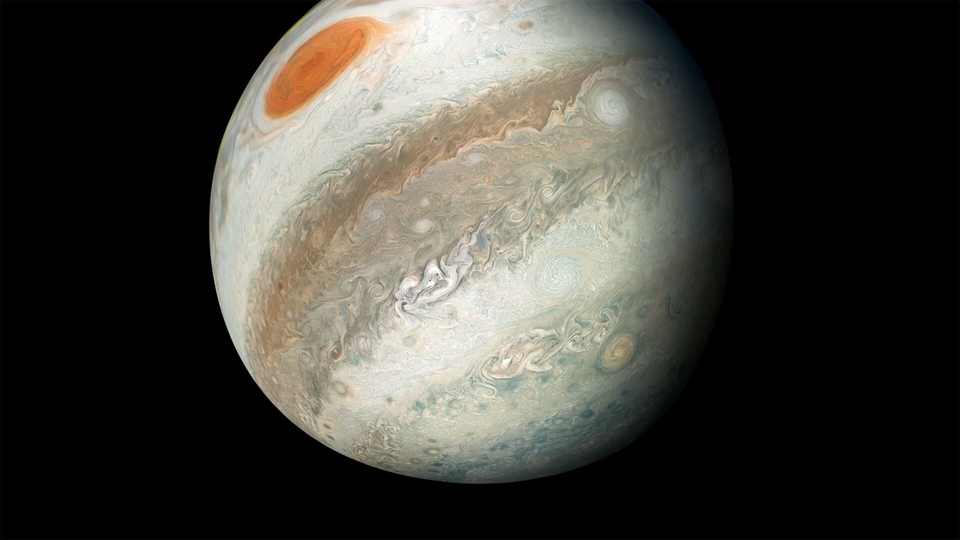
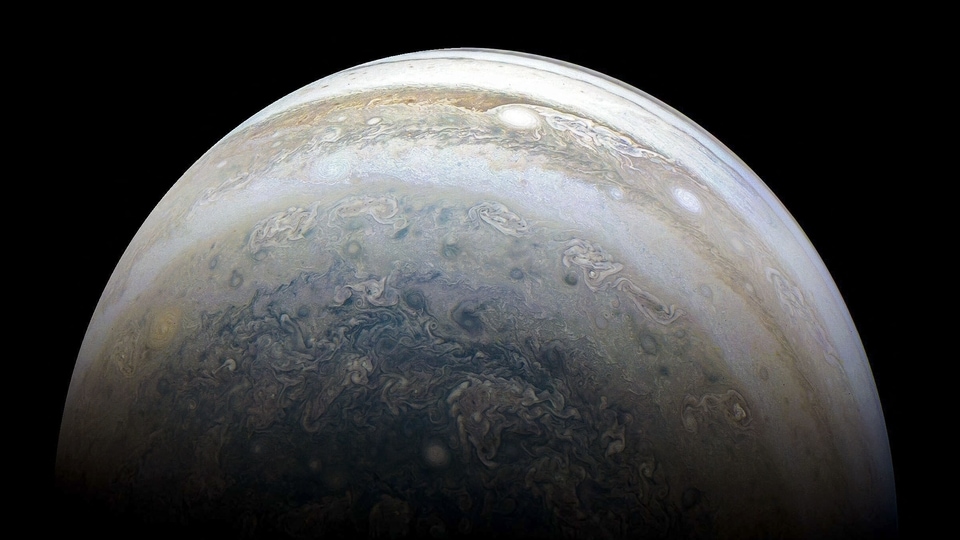
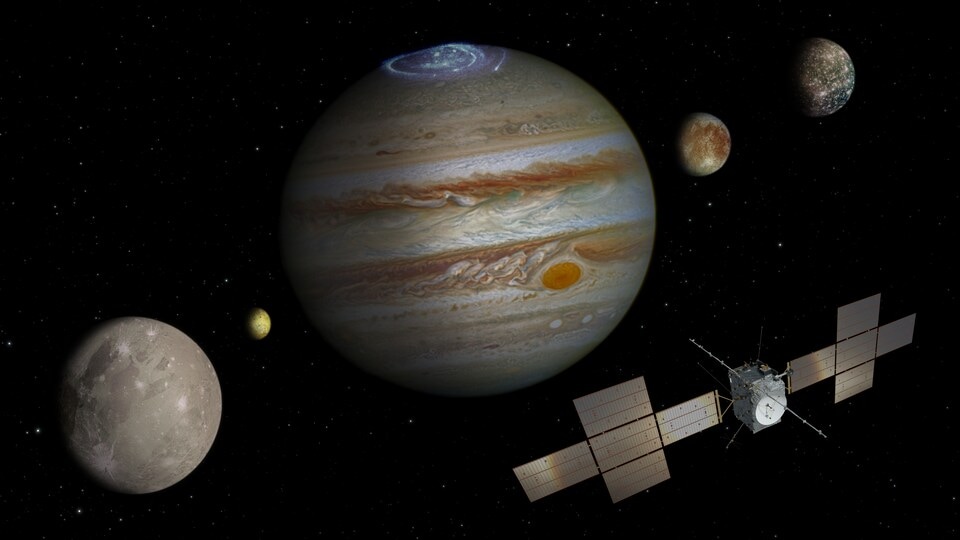
 View all Images
View all ImagesEurope's mission to Jupiter's Moon is all set for its launch in April 2023. The Juice satellite has just completed its final tests. Informing about the same, the European Space Agency (ESA) tweeted, "The countdown to #Juice is on! A commemorative plaque celebrating Galileo's discovery of Jupiter's moons has been unveiled on @ESA_JUICE. Juice has just completed its final tests before saying a final goodbye to Europe before its launch in April."
The spacecraft completed its final tests on Friday, January 20, 2023, before departing Toulouse, France, for Europe's Spaceport to count down to an April launch. Juice will make detailed observations of Jupiter and its three large ocean-bearing moons – Ganymede, Callisto and Europa – with a suite of instruments. The mission will characterise these moons as both planetary objects and possible habitats, explore Jupiter's complex environment in depth, and study the wider Jupiter system as an archetype for gas giants across the Universe.
As part of the final preparations a commemorative plaque was mounted on the spacecraft as a tribute to Italian astronomer Galileo Galilei who was the first to view Jupiter and its four largest moons through a telescope in January 1610, ESA stated in a report. His observation that the moons changed position from night to night overturned the long-held idea that everything in the heavens revolved around Earth. The moons – Io, Europa, Ganymede and Callisto – were to become collectively known as the Galilean satellites in his honour.
“Unveiling the plaque is a beautiful moment in this intense chapter preparing the spacecraft for launch,” says Giuseppe Sarri, ESA's Juice project manager. Notably, three of Jupiter's largest moons – Europa, Ganymede and Callisto – hold vast quantities of water buried under their surfaces in volumes far greater than in Earth's oceans. These planet-sized moons offer tantalising hints that conditions for life could exist other than here.
Following launch, Juice will fly an eight-year course through the Solar System, its path punctuated with gravity assists of Earth and Venus to slingshot it out to Jupiter. Depending on the exact day it launches – and so depending on the geometry of the Solar System on that day – Juice could perform the first-ever lunar-Earth gravity assist. This would see the mission perform a flyby of the Moon and just a day later a flyby of Earth, according to ESA.
Catch all the Latest Tech News, Mobile News, Laptop News, Gaming news, Wearables News , How To News, also keep up with us on Whatsapp channel,Twitter, Facebook, Google News, and Instagram. For our latest videos, subscribe to our YouTube channel.

























